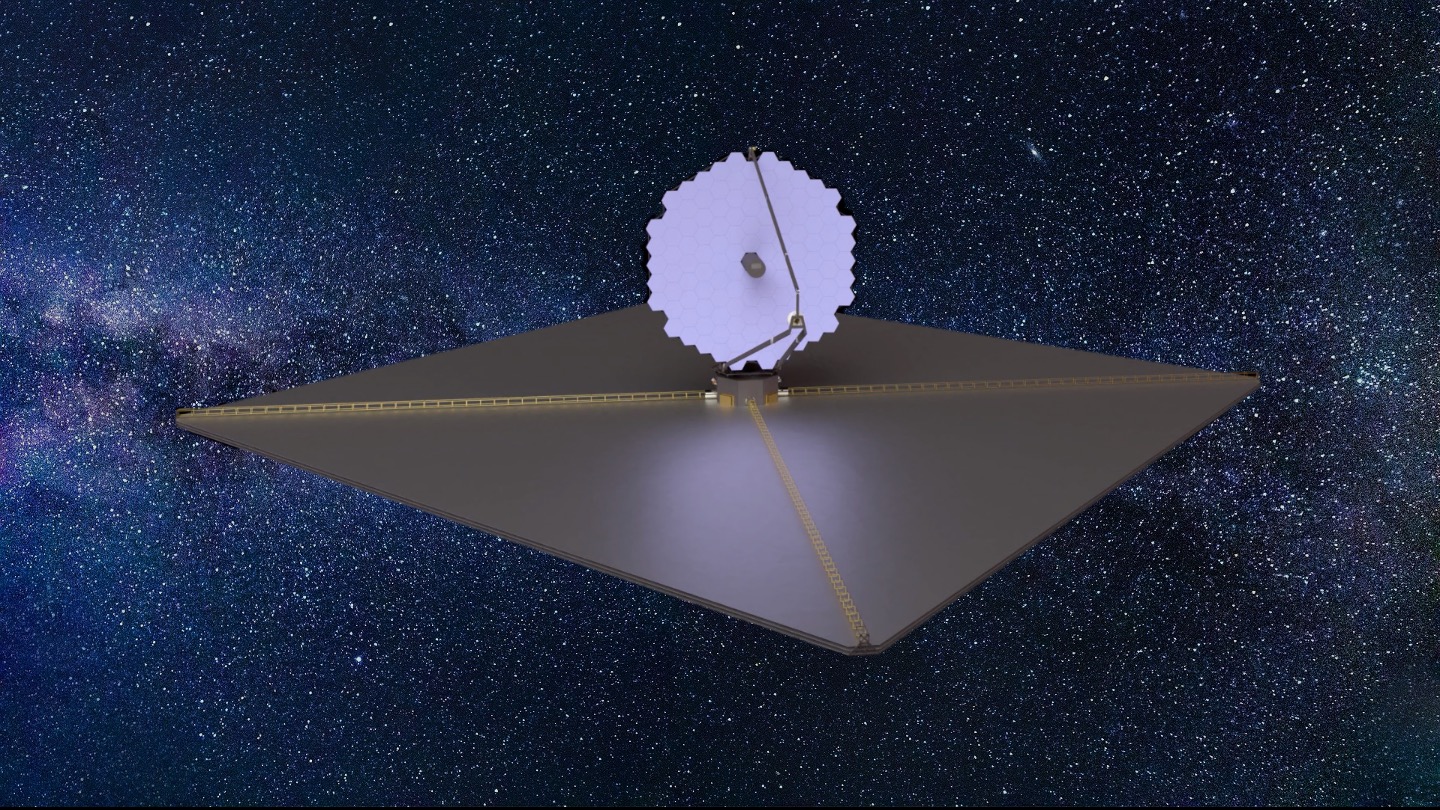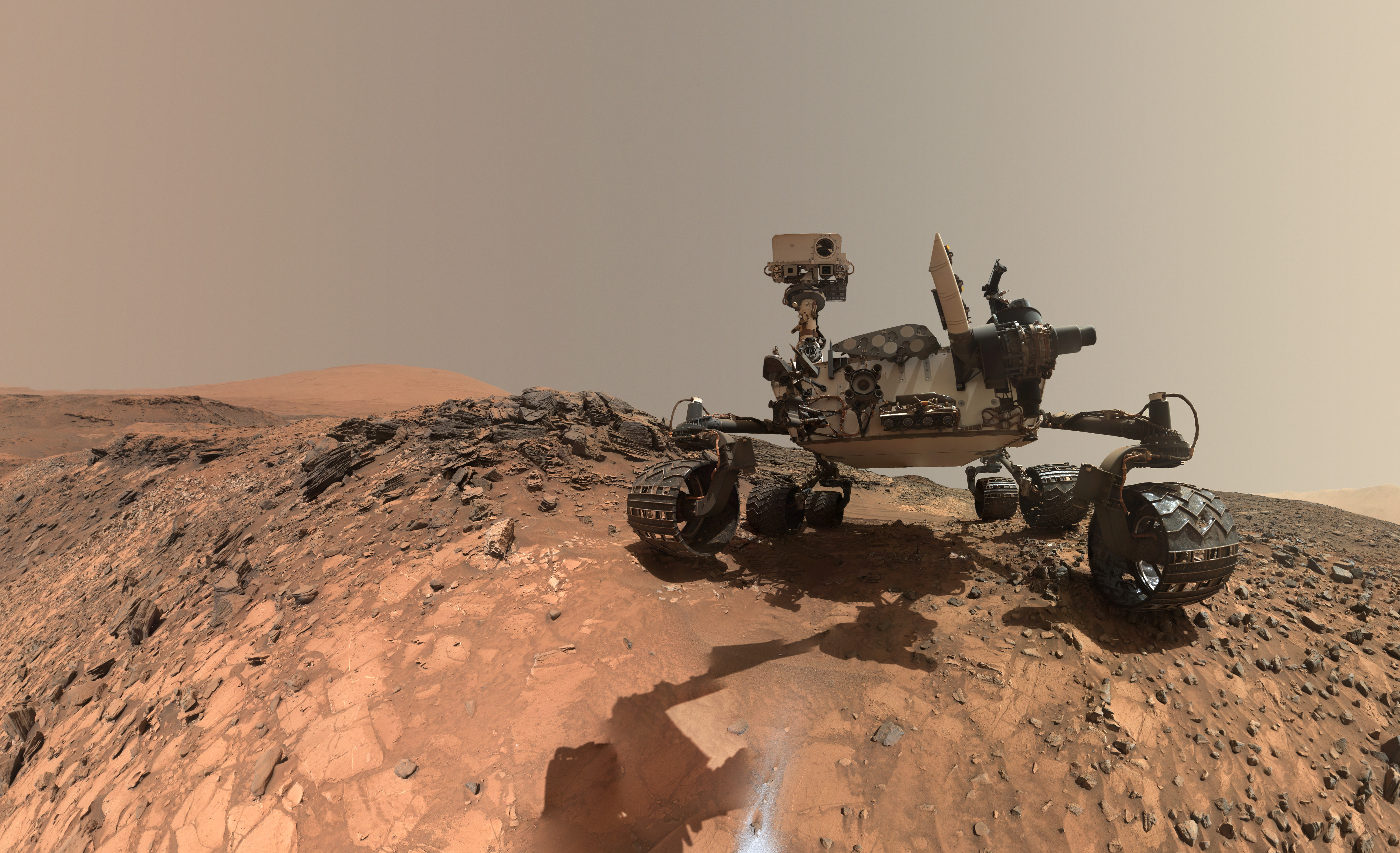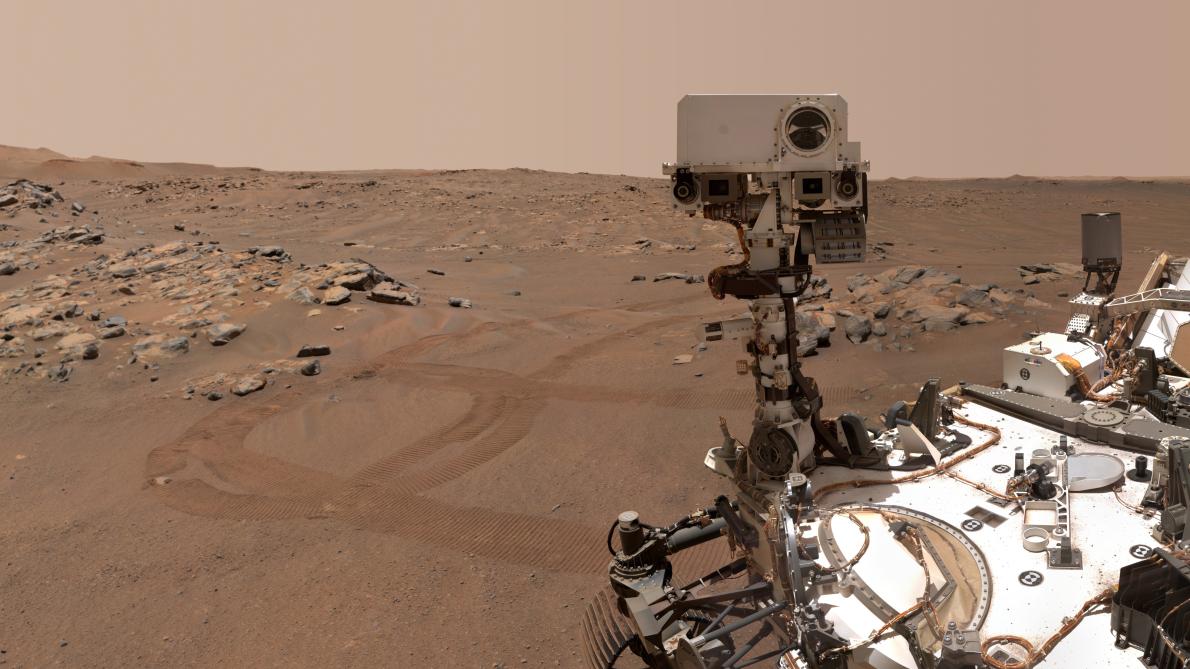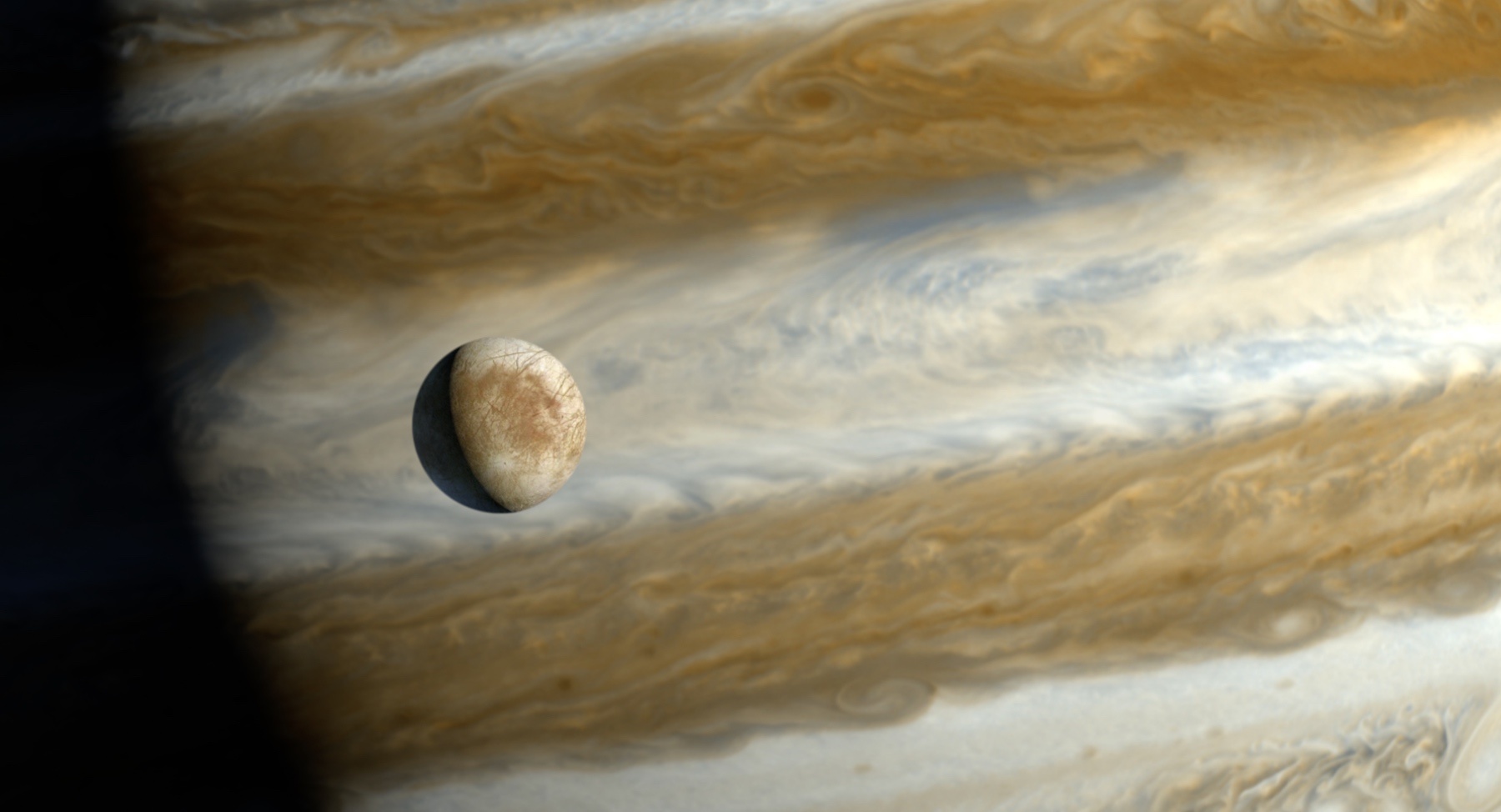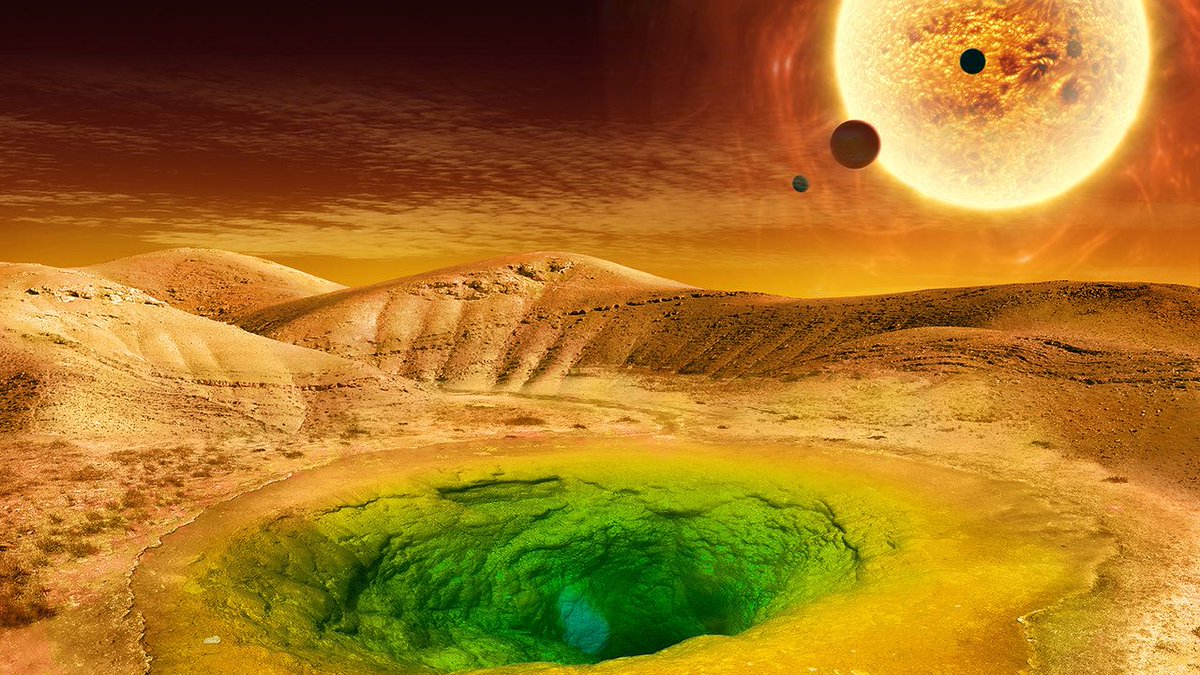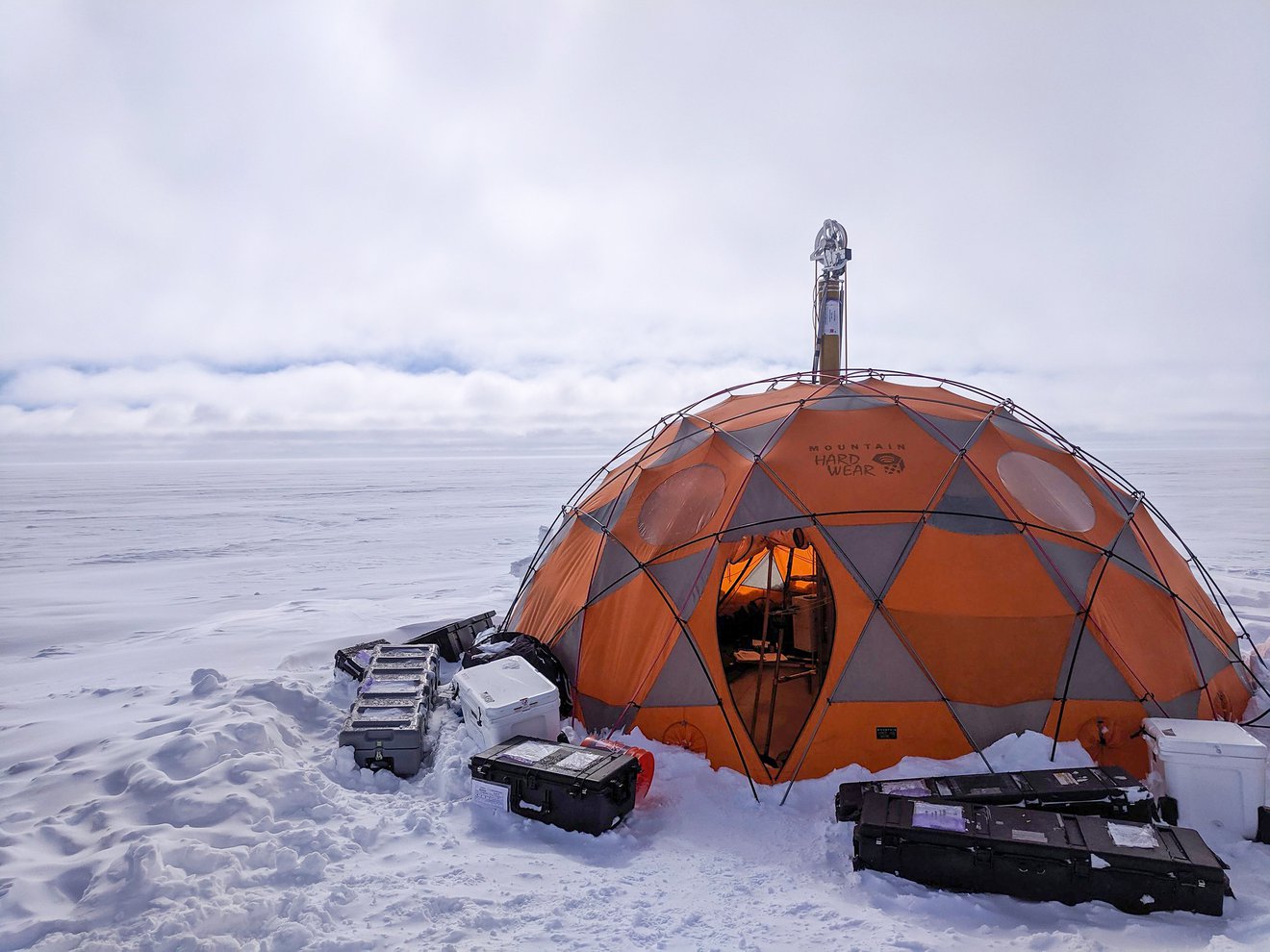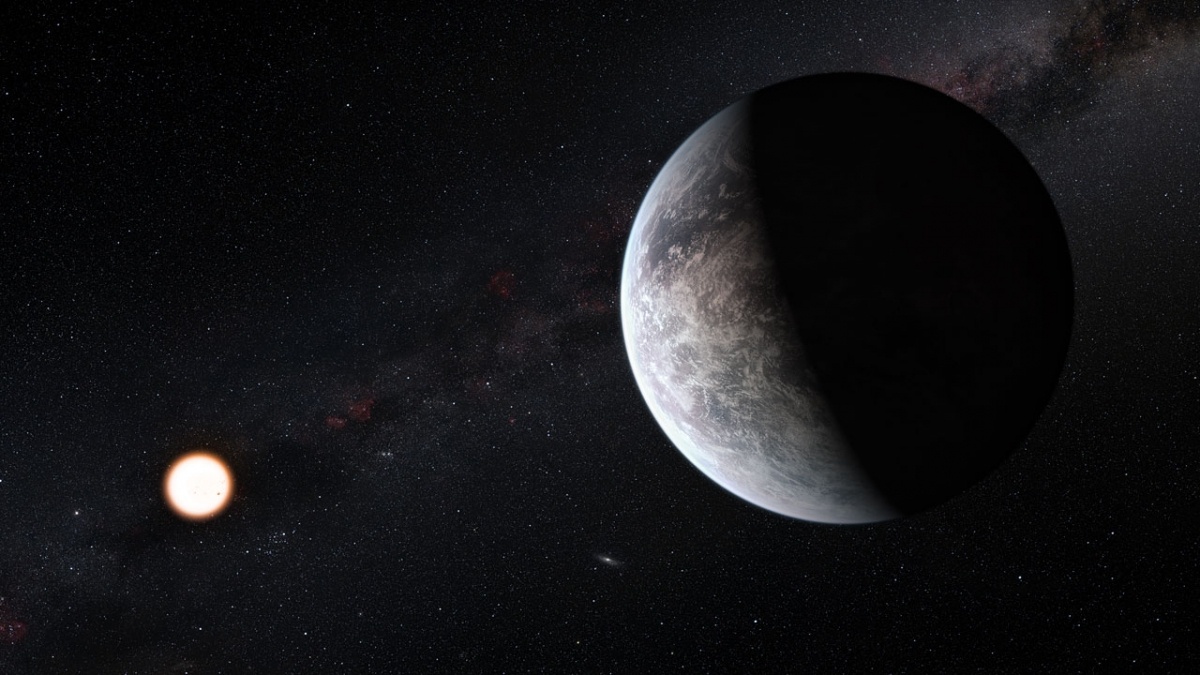We’re still in the early days of searching for life elsewhere. The Perseverance rover is on its way to a paleo-delta on Mars to look for fossilized signs of ancient bacterial life. SETI’s been watching the sky with radio dishes, listening for signals from distant worlds. Our telescopes are beginning to scan the atmospheres of distant exoplanets for biosignatures.
Soon we’ll take another step forward in the search when new, powerful telescopes begin to search not just for life but for other civilizations.
Continue reading “Next Generation Telescopes Could Search for Intelligent Civilizations Directly”
